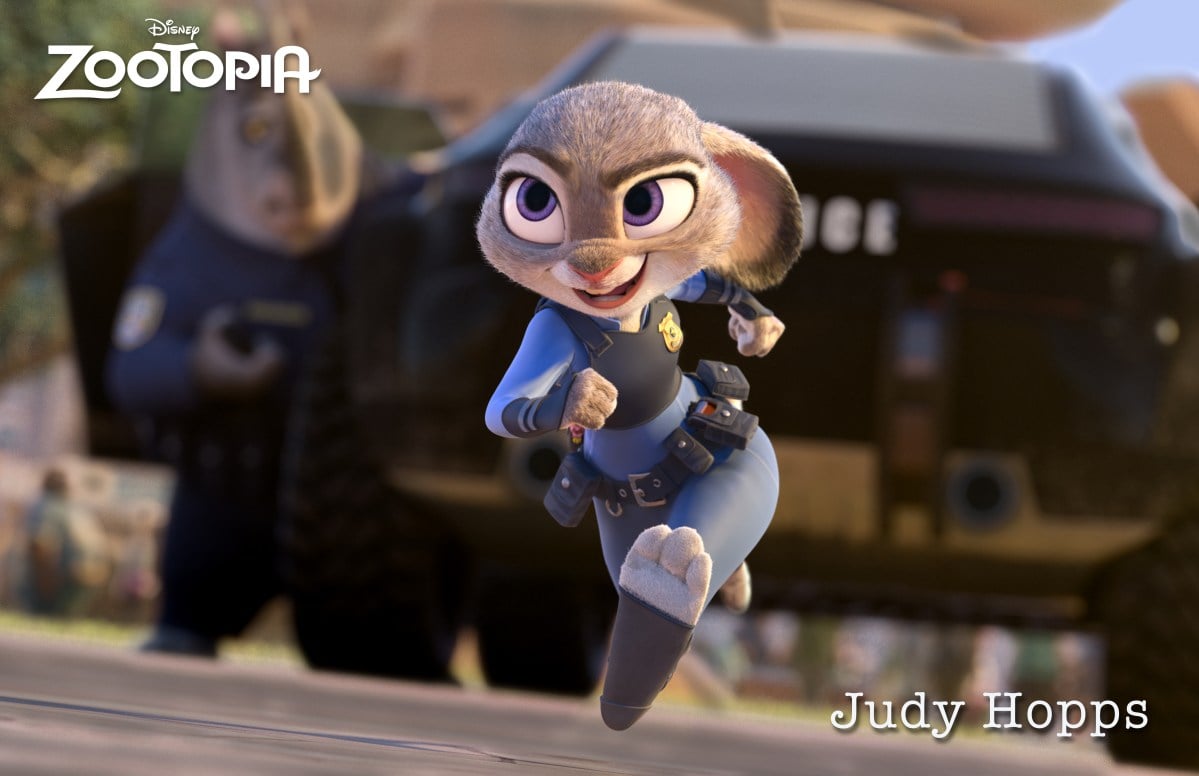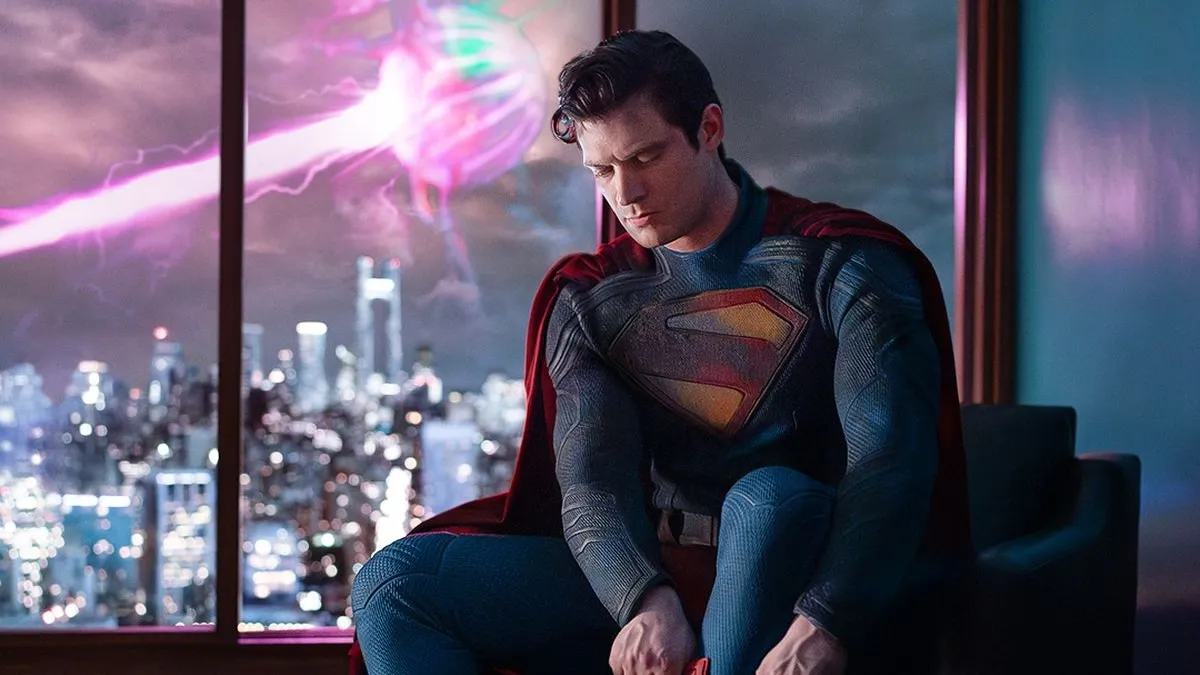When I first saw the trailer for Disney’s upcoming film, Zootopia, one of the things that struck me first (in addition to the HILARITY of the sloth DMV employee getting a joke) was the fact that, in this movie that seems to be about biases and bigotry, the lead was a female character! It was so clear that gender-related bias was one of the things this film was going to examine and challenge. After all, with Nick the fox saying “You bunnies. Always so emotional,” that had to be on purpose, right? Apparently not.
In a recent interview with io9 the director of Zootopia, Byron Howard, tells the story of how originally, the main character of this film wasn’t supposed to be Judy Hopps, the police officer bunny, but Nick the con artist fox. Back in November 2014, after years of production, the team behind the film realized that the story didn’t make sense with Nick as the lead, even though that was the version of the story that was in the original pitch and the original script. Howard explains:
We’re telling a story about bias, and when you have the Nick character starting the movie, through his eyes the city was already broken. He didn’t like Zootopia. We asked ‘What are we saying with the movie?’ If we’re telling this movie about bias—something that is everywhere and in all of us, whether we want to admit it or not—the character that’s going to help us tell that message is Judy, an innocent, [who comes] from a very supportive environment where she thinks everyone is beautiful, everyone gets along. Then let Nick, this character who knows the truth about the world, bop up against her and they start to educate each other. When we flipped that, it was a major flip, but it worked so much better.
That does, indeed, make a lot of sense. What’s interesting to me, though, is that nowhere in this rationale does it say “In this movie about bias, the character that’s going to help us tell that message is Judy, a female character who constantly faces bias herself.” Gender is mentioned nowhere in this interview. It’s so strange to me that making the female character the lead of a movie about biases wasn’t the original, obvious choice! What’s more, even after giving it thought, it seems like the fact that the character is female wasn’t the obvious thing that made them decide “you know what? She would be a better vehicle through which to tell a bias story.” It’s all about her “innocence” and naivete.
It’s strange to me, because making the bunny character female in the first place feels very much on purpose. All the qualities negatively attributed to bunnies – too small, too weak, too emotional to be in law enforcement – seem like the same characteristics that are often negative stereotypes of women. When I try to think about what the film would be like if the main bunny character were male, I can’t even picture it. Not because males can’t be small, weak, and emotional, obviously, but because I don’t think a Disney movie would frame a male bunny in the same way. First of all, a male bunny would probably be called a Rabbit (the same way that some dolls are called “action figures”), and second, even if the bunny were male, all those characteristics would be seen as a weakness precisely because they’re feminine. So, either way you slice it, Judy Hopps as the lead of this film could be a great way to help kids examine gender bias, as well as all the other race/class biases that will likely be explored in this film.
Even if it was completely unintentional.
(image via Disney)
—Please make note of The Mary Sue’s general comment policy.—
Do you follow The Mary Sue on Twitter, Facebook, Tumblr, Pinterest, & Google +?









Published: Jan 20, 2016 05:23 pm